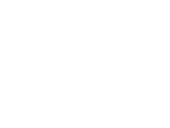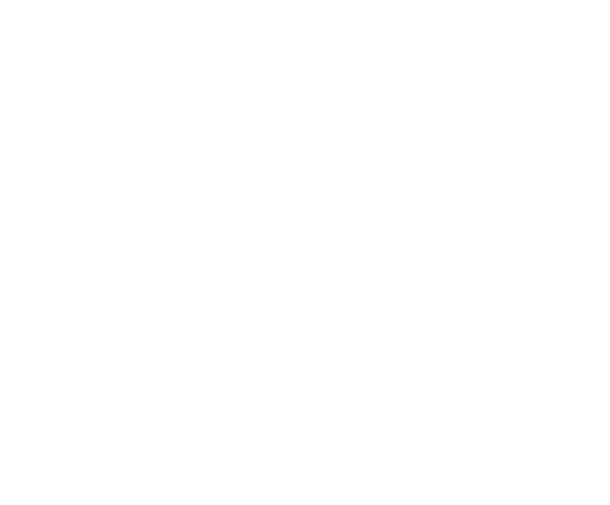 |
 |
 |

|
Figure 1. Relations for Iitalla
|
|
 |
KONSTANTIN GRCIC’S GLASS DESIGNS
Konstantin Grcic (°1965) trained as a cabinetmaker at The John Makepeace School (Dorset, England) and studied Design at the Royal College of Art in London, England. He set up his own practice Konstantin Grcic Industrial Design (KGID) in Munich, Germany in 1991 and has since that time developed designs for furniture, products and lighting for some of the leading companies in the design field (e.g. Authentics, BD Ediciones, ClassiCon, Flos, Magis, Mattiazzi, Muji, Nespresso, Plank, Serafino Zani, Thomas-Rosenthal , Vitra). Since 2004, he has created a number of limited edition pieces for Galerie Kreo in Paris, France.
|

|
Posted 8 March 2014
|
Share this:
|
|
He received many international design awards such as the Compasso d`Oro for his MAYDAY lamp (Flos) in 2001 and the MYTO chair (Plank) in 2011. Work by Konstantin Grcic forms part of the permanent collections of the world´s most important design museums (e.g. MoMA, New York, USA; Centre Georges Pompidou, Paris, France).
The Royal Society for the Encouragement of Arts, Manufactures and Commerce (RSA) appointed Konstantin Grcic "Royal Designer for Industry", and Design Miami awarded him the title "2010 Designer of the Year".
The designs by Konstantin Grcic are characterized by combining formal strictness with considerable mental acuity and humor. Each of his products is characterized by a careful research into the history of design and architecture and his passion for technology and materials. He is often called a minimalist but the designer himself prefers to speak of simplicity.
He explores hi-tech materials and industrial manufacturing processes, unconventionally employing them to realize his products. His work is functional, often expressing a technical approach to form, while still remaining sensitive to a certain design aesthetic.
Glass by Konstantin Grcic
Although glass is only used in a limited number of his designs, already very early in his design carrier he was asked to design objects in glass.
After visiting the Iittala factory in 1998, he was intrigued by the machine for pressing glass and this inspired him for his glass series “Relations” (Figure 1) (1999). He reworked an already existing cone-shaped stacking glass (Duralex). The subtle difference was in creating a small step on the internal wall of the glass for better stacking. It is a detail that can only be produced by the two-part mould on this machine.
|
|
|
|
|
|
|

Figure 4. Man made for Galerie Kreo; chair
|
|
|
|
|
|
|
His latest glass design is the collection ‘man machine’ (Figure 4) (2014) made for the Galerie Kreo, Paris, France. The furniture is made for the most part in glass and is inspired by the 1978 “Kraftwerk” album, an electro German group. It is conceived as a series of furniture constructed from industrial float glass, similar to that which is used in architecture. The transparent panels which form each piece: bookshelves, chair, large table, round table, single and double chests and a vertical cabinet, appear weightless, but are interjected by different components such as cranks, hinges, knobs and pistons, accompanied by black silicone, which define their purpose. Each dynamic furniture object lends itself to human movements and mechanical strength.
The glass designs by Konstantin Grcic reflect his philosophy of combining high-tech methodology with simple forms and usability.
References:
http://konstantin-grcic.com
|
|
|
|
|
|
|


